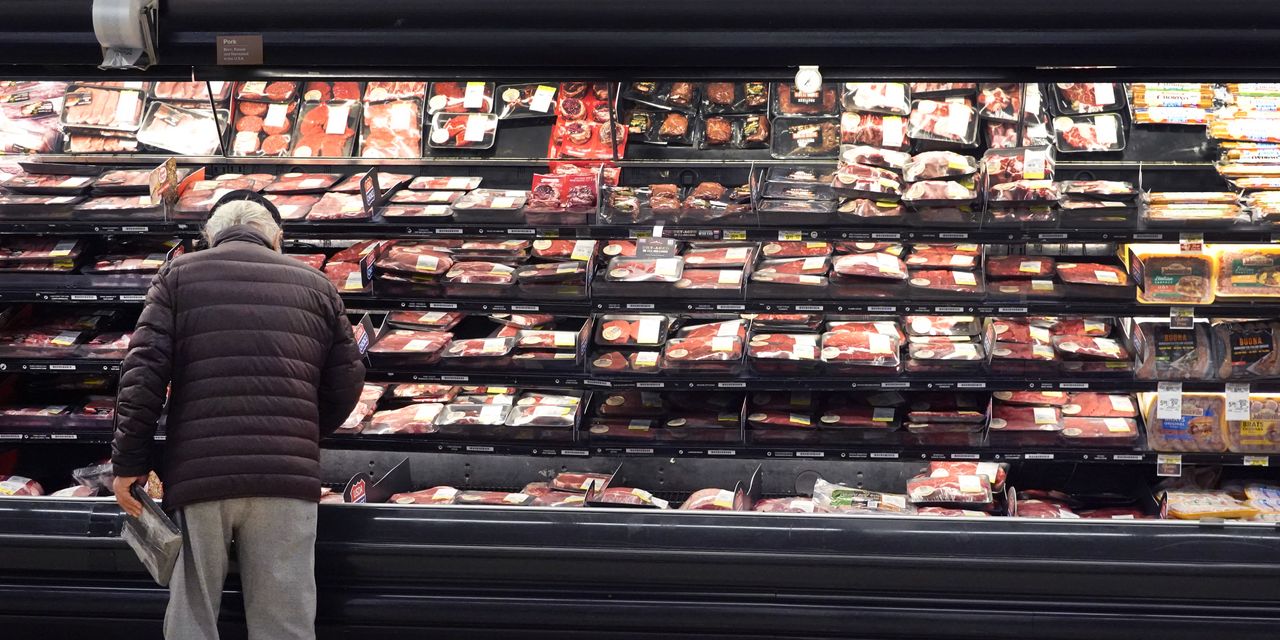When you buy a bag of potato chips from the neighborhood grocery store, how much of your money goes toward growing the potatoes and how much covers shipping the chips to the store?
A new report from the U.S. Government Accountability Office answers those questions and examines the factors that affect retail food prices. It comes as grocery store shoppers have been coping with bigger checkout bills. While food prices typically rise about 2% annually, they shot up 11% between 2021 and 2022 — the biggest annual jump in 40 years, according to the U.S. Department of Agriculture.
Here’s a look at the costs that contribute to each food dollar spent in the U.S. and how each dollar is divided among the industries that make up the retail food supply chain.
The biggest chunks of a food consumer’s dollar go toward the food processing industry (24.6 cents), retailers (19.9 cents) and wholesalers (14.7 cents).
Food processors do tasks such as slicing and frying the potatoes and turning them into chips, wholesalers buy the potatoes from the farmers, and retailers sell the chips in grocery stores. Though many people think of their food as coming from farmers, the farm production industry (meaning the farmers that grow the potatoes and potentially, the peanuts and soybeans used for frying oil) is fourth on the list, accounting for 14.1 cents of every food dollar.
Five cents goes to the agribusiness sector, which produces farm inputs such as fertilizers and seed and another 5 cents goes to the transportation industry. The energy sector, which powers the machinery used in the production cycle from farm to shelf, claims 4.4 cents, and another 4 cents goes to the packaging industry; while 3.2 cents covers the finance and insurance services involved in food, and 2.6 cents ends up with the advertising industry.
The report analyzed food spending in 2021, before the four-decade-high inflation in 2022. The USDA will release an analysis breaking down each 2022 food dollar in November.
Though inflation has cooled slightly, food prices remain high. Prices on goods and services overall were up 6% in February compared to a year ago, according to the latest consumer price index. The price of food overall rose by 9.5%, while grocery prices saw a 10.2% increase compared to a year ago. When inflation peaked in the summer of 2022, food was 11.3% higher than the previous year.
Some food items have seen near-record increases in the past year. An avian flu outbreak last year pushed up the price of eggs across the country. Although prices started to ease as flu cases fell, egg prices were still 55.4% higher in February than a year ago.
The GAO report also examined how recent events have influenced food prices. The Russia-Ukraine conflict that started in February 2022 significantly pushed up the prices of corn, energy and fertilizers, for example, which in turn increased animal feed costs. The still-present COVID-19 pandemic has affected the availability of workers and factories, resulting in labor shortages across the country and across the globe, pushing up human costs. Because of the rise in energy prices and labor costs, transportation costs rose for all food items.
GAO pointed out that long-term, ongoing factors such as droughts and climate change also contribute to food price increases. Extreme weather such as hurricanes disrupted the supply of multiple agricultural products, impacting items such as lettuce and orange juice.
While individual factors driving food prices are easy to identify, how much each one contributes to price increases isn’t always so obvious, USDA experts told the GAO, according to the report. “It is difficult to determine the individual effect of any one factor on retail food prices”, the report stated, citing USDA experts.
“Retail pricing strategies” could also mask price increases, the GAO noted. In other words, prices can depend on “the extent to which various industries along the food supply chain choose to pass along higher costs to customers,” the report stated.
Read the full article here










